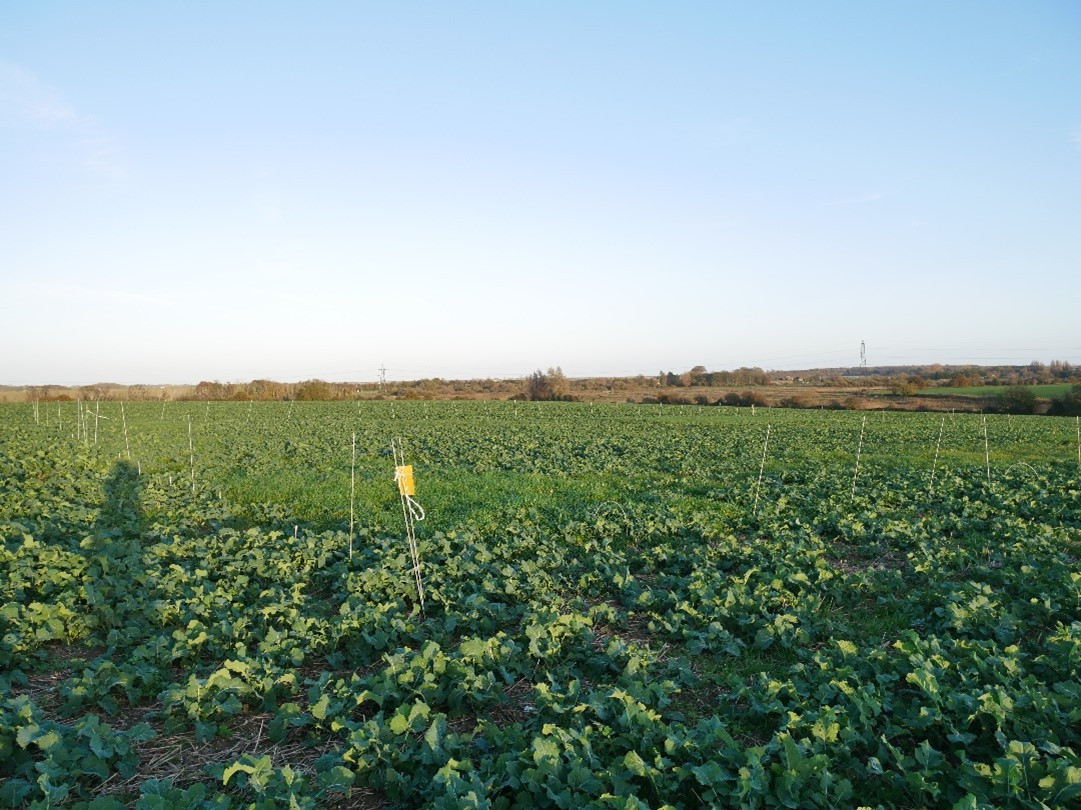Grassweed control into winter
Following my blog about early grassweed control in August, at this time of year we're now moving towards the final application which is aimed at 'finishing off' the job by using propyzamide.
Propyzamide, commonly known as Kerb (although other brands are available), is an important active in grassweed control. The success of it relies on three key factors:
1. Grassweed size
The aim is to ensure grassweeds aren't too big by the time you apply propyzamide. Bigger grassweeds have bigger root networks and can metabolise more of the active ingredient which means you need more herbicide to get a lethal dose on the weed.
2. Soil temperature
This is important as soil temperature effects the persistency of the herbicide – the more time available for the herbicide to be taken up, the more likely you are to achieve the lethal dose. The difference between applying when soil temperatures are 10°C to when soil temperatures are 6°C can be an increase to the longevity of the active ingredient by 50% and it lasting up to 150 days.
3. Moisture availability
Propyzamide is taken up by the roots, so without enough moisture uptake of the active ingredient will be lower. The combination of soil temperature and adequate soil moisture conditions rarely occur before November and often this will be into December.
Due to the incredibly dry conditions this season, some areas are only just getting enough moisture now. Many soils still need a substantial amount of rain to achieve good levels of moisture in the surface so the herbicide can be absorbed by any weeds. There may even be circumstances where more rainfall is needed when the herbicide is applied - this season more than others.
Of huge importance is that wherever propyzamide is used, every effort and precaution is taken to reduce any risk of runoff. Better outcomes can be achieved by following best practice advice.
Corteva outlines some great tips here, but you can also follow the steps below:
- Outline a robust sprayer-filling procedure to safeguard any nearby watercourses
- Make sure applications avoid heavy rainfall within 48 hours and try to ensure that field drains aren't running or likely to run within seven days of application
- Application should not be made to fields which are cracked to depth and very dry, or contrastingly to any fields which are too wet and saturated
- Avoid surface runoff by placing tramlines across slopes and use as wide as possible buffer zones (minimum of six metres) around all watercourses.
Summary
It's by no means an easy task to get the above methods right but in combination with the active ingredients mentioned in my previous blog, OSR remains the best available break crop for effective grassweed management across autumn and winter. Doing everything to get it right should be a real focus at this time of year to ensure a good start for the next.
If you have any questions about weed management in OSR, please talk to your local Frontier contact or get in touch.
As a subscriber, you’ll receive email alerts each time a new blog is published so you can always stay updated with the latest advice and insights from our experts








Comments